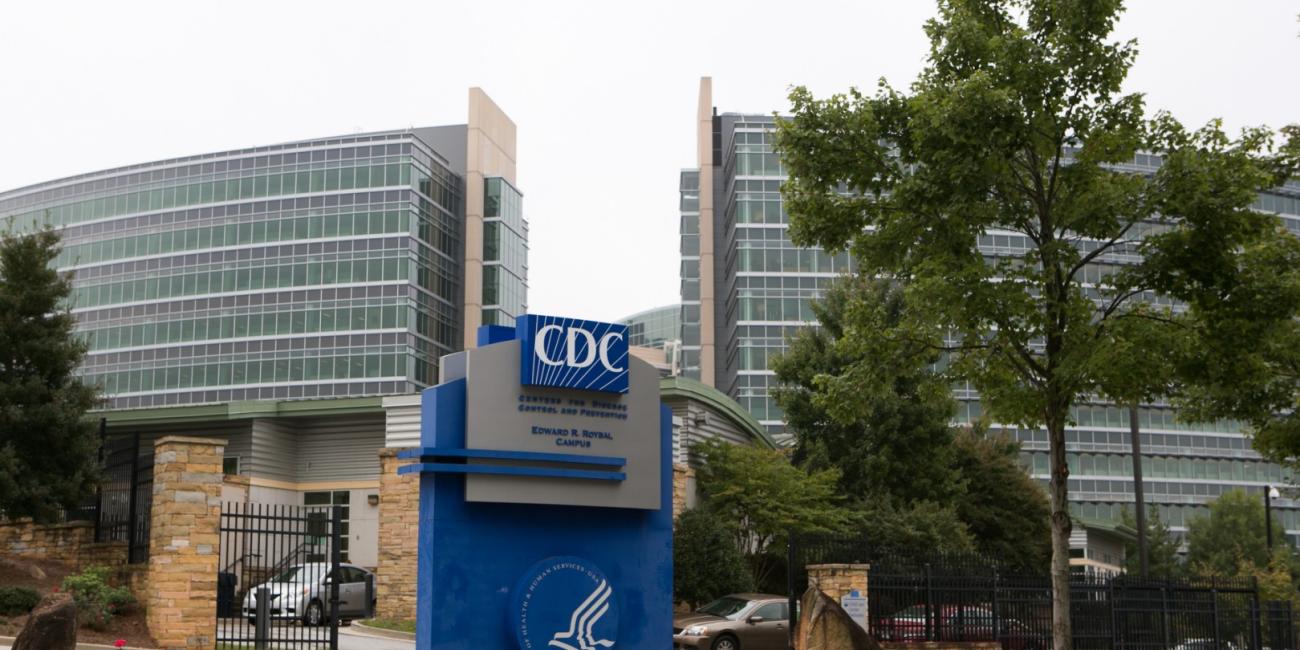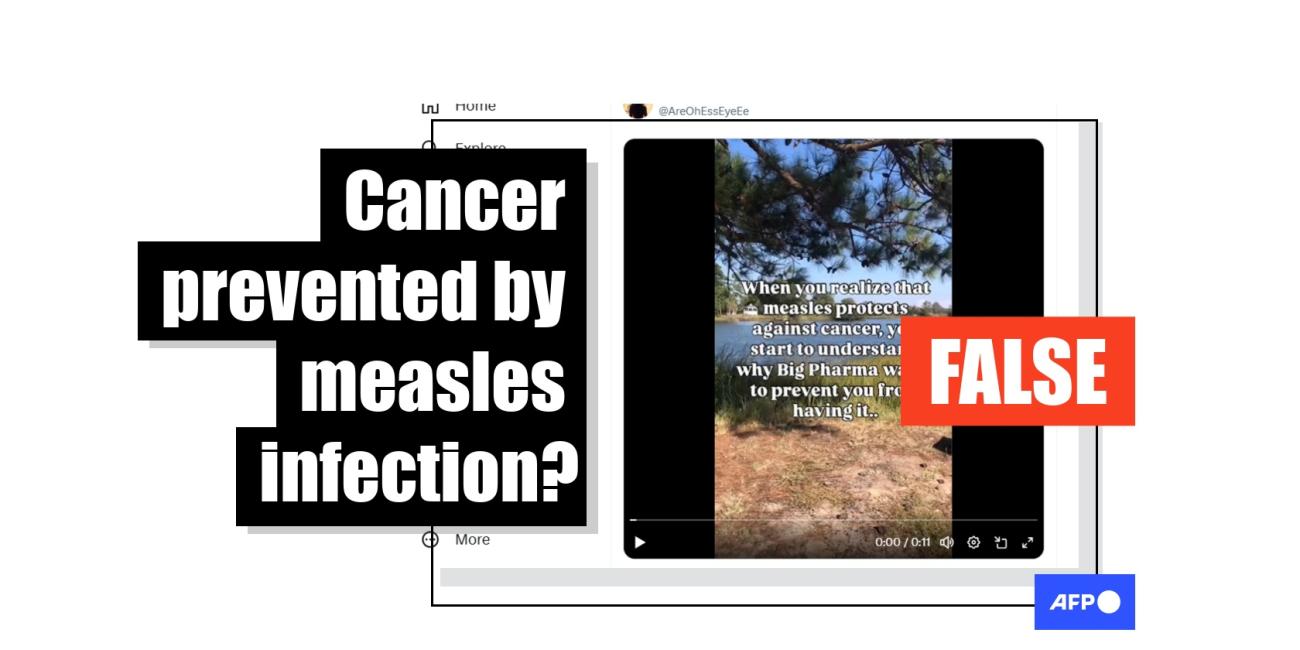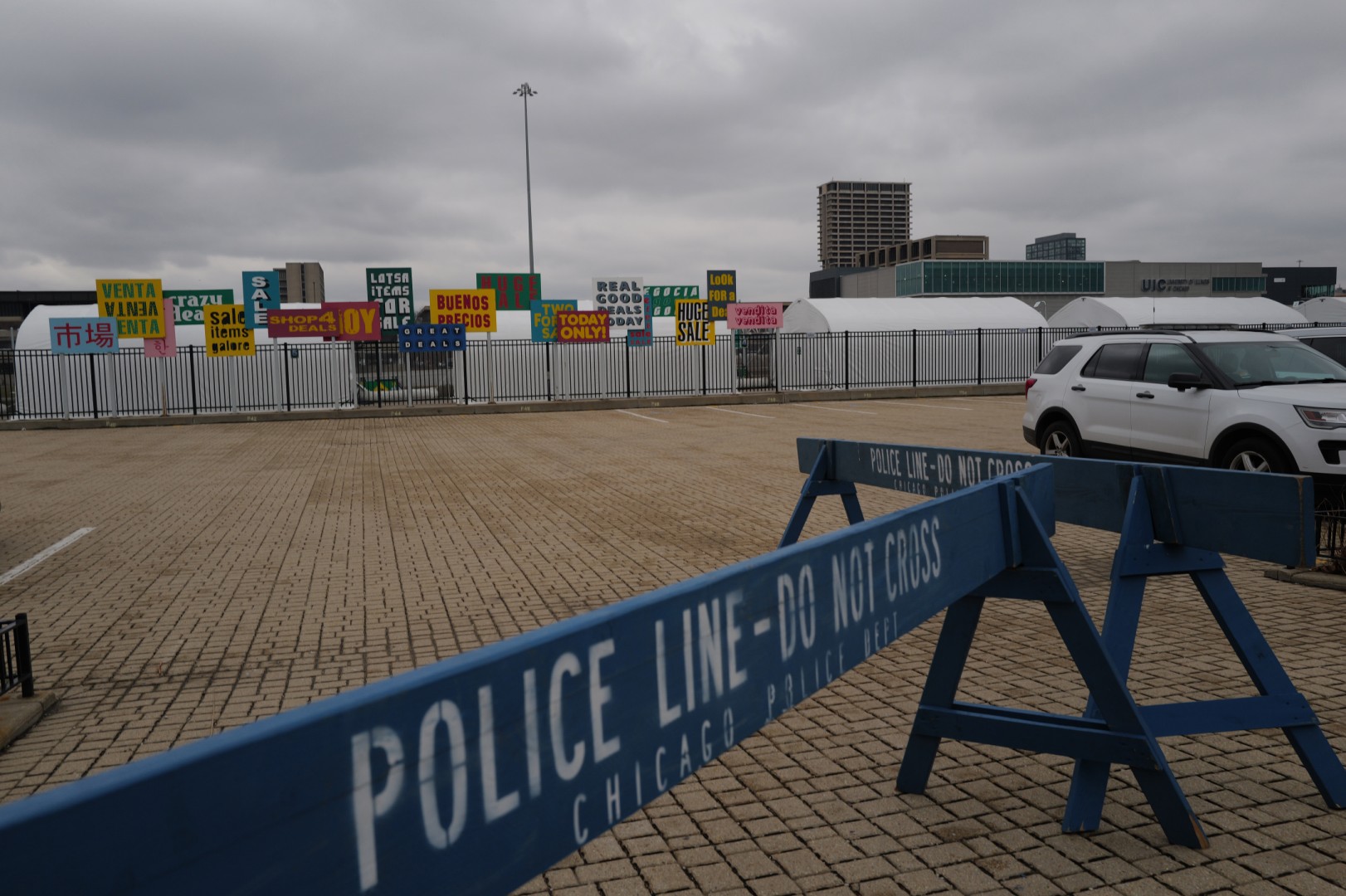
Chicago measles outbreak fuels misinformation about migrants
- This article is more than one year old.
- Published on March 27, 2024 at 21:53
- 4 min read
- By Marisha GOLDHAMER, AFP USA
"They're saying most of them obviously are not vaccinated for measles, and when asked to get this vaccine, they are obviously saying no," a woman claims in a March 16, 2024 TikTok video also shared on Instagram and Facebook.
The speaker claims newly arrived migrants in the third-largest US city are being given housing and other benefits with no restrictions -- despite their immunization status.
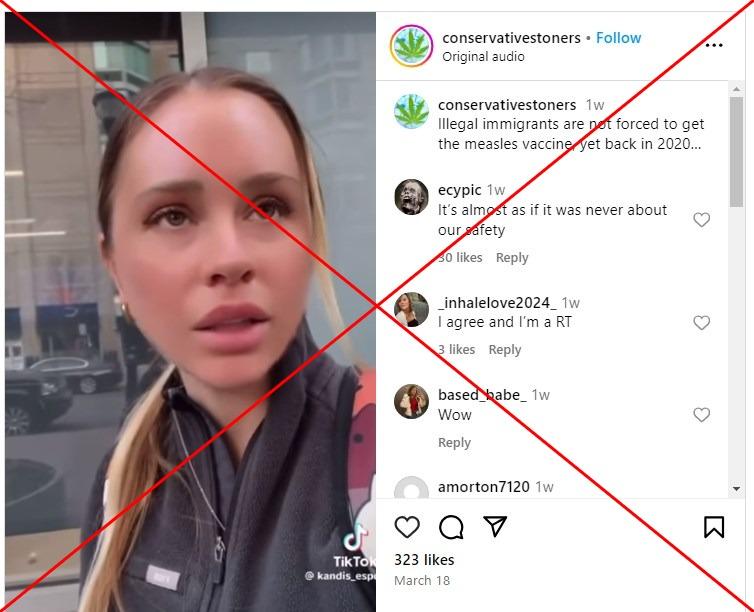
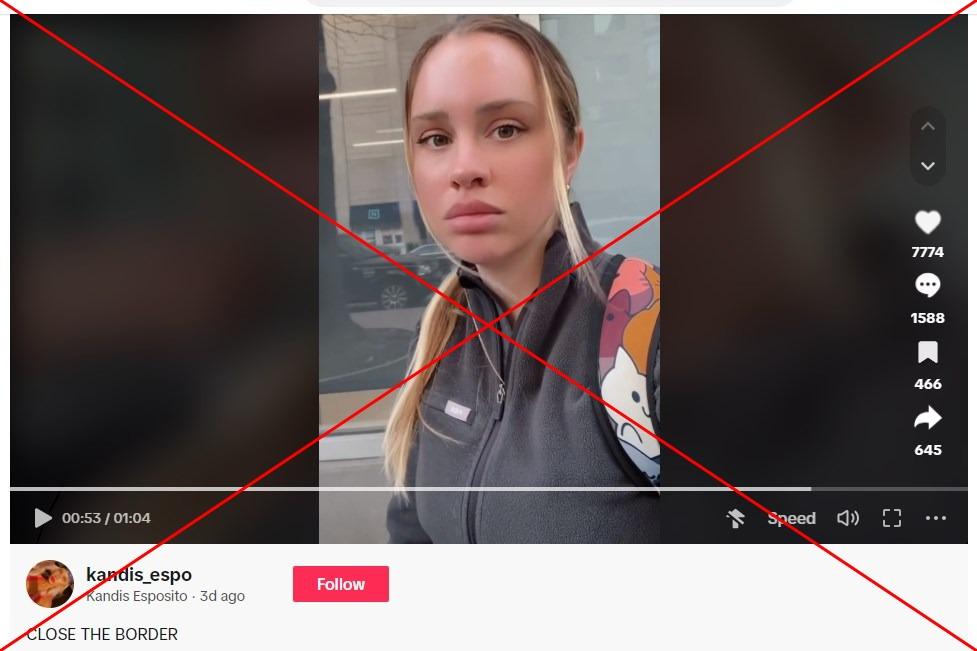
The clip racked up tens of thousands of views as Chicago grappled with an outbreak of measles, a respiratory infection that causes a rash and high fever and can lead to pneumonia and other serious complications.
As of March 27, the Chicago Department of Public Health (CDPH) had recorded 33 cases of measles in 2024 -- more than two-thirds of which occurred in children aged four and younger (archived here). The US Centers for Disease Control and Prevention (CDC) has also reported cases in Illinois and neighboring Indiana, Missouri and Michigan (archived here), some of which were linked to international travel (archived here).
Claims about unvaccinated migrants bringing measles to the Midwest are widespread on social media. Since August 2022, Chicago has welcomed more than 37,000 new arrivals from the US-Mexico border (archived here), including some on chartered buses sent by Texas Governor Greg Abbott.
But Jacob Martin, public information coordinator for the CDPH, said new arrivals did not bring measles to the city.
"We can confidently say measles was already here," he told AFP on March 19, adding that the city is treating vaccination as "a requirement to be admitted to a shelter."
CDPH has also said it is "maintaining a standing presence" at the landing zone for new arrivals, screening and directing them to follow-up care with Cook County Health (archived here).
AFP contacted the CDC for comment, but a response was not forthcoming.
Outbreak timeline
The Indiana Department of Health confirmed a measles case in Lake County on February 23 (archived here). CDPH said the same day that the person sought care at three Chicago hospitals between February 11 and 16, when they were still contagious (archived here).
The agency confirmed the first case in a Chicagoan on March 6 -- the first in five years (archived here).
Two days later, CDPH announced the first measles case at the Halsted Street shelter for migrants in Chicago's Pilsen neighborhood (archived here).
CDPH said March 14 that it had vaccinated around 900 residents of the shelter and confirmed "immunity for the remainder, meaning they were either previously vaccinated or had been infected so were protected" (archived here). Residents were instructed to quarantine for 21 days to give the vaccine time to work.
"One of the success stories here, especially for the measles response, is that of all those who are eligible that were offered vaccines, we had no refusals," said CDPH Commissioner Olusimbo "Simbo" Ige during a March 13 press conference.
By March 25, CDPH reported the number of cases in the facility had risen to 26, with 19 in children below the age of five (archived here).
The agency said it was extending the two-dose measles-mumps-rubella (MMR) vaccination requirements for children attending K-12 school in Illinois to younger migrants wishing to attend preschool or daycare (archived here). For those too young to be vaccinated, CDPH requires exclusion "from daycare or early learning until 21 days after their last measles exposure."
Falling vaccination rates
The CDC recommends a first dose of the MMR vaccine at 12 months of age and a second at four to six years of age, but anyone who is unvaccinated can receive the jab (archived here). Migrants in the Halsted shelter are being offered an accelerated vaccination schedule, with the second dose administered 28 days following the first.
Cook County Health spokesperson Alex Normington told AFP on March 26 that its providers have treated some 27,000 patients in the Chicago area since September 2022, administering more than 73,000 vaccines -- including the MMR shot.
The World Health Organization says on its website that "measles vaccination averted 56 million deaths between 2000 and 2021" (archived here). The Americas are the first region in the world where measles is no longer considered endemic, according to the Pan American Health Organization (PAHO) (archived here).
However, the WHO has also found the Covid-19 pandemic affected coverage. In 2022, only about 83 percent of children received one dose of measles vaccine by their first birthday -- the lowest since 2008.
The PAHO warns falling vaccination rates put the Americas at greater risk for outbreaks.
"For years, coverage with the first dose of the measles, mumps, and rubella (MMR) vaccine remained above 90 percent in the Americas," the group said in a March 21 briefing (archived here).
"But in 2019, it dropped to 87 percent, reaching its lowest point in 2022 at 85 percent -- well below PAHO's recommended ideal of at least 95 percent to prevent outbreaks."
More of AFP's reporting on misinformation about migration is available here.
Copyright © AFP 2017-2025. Any commercial use of this content requires a subscription. Click here to find out more.
Is there content that you would like AFP to fact-check? Get in touch.
Contact us
